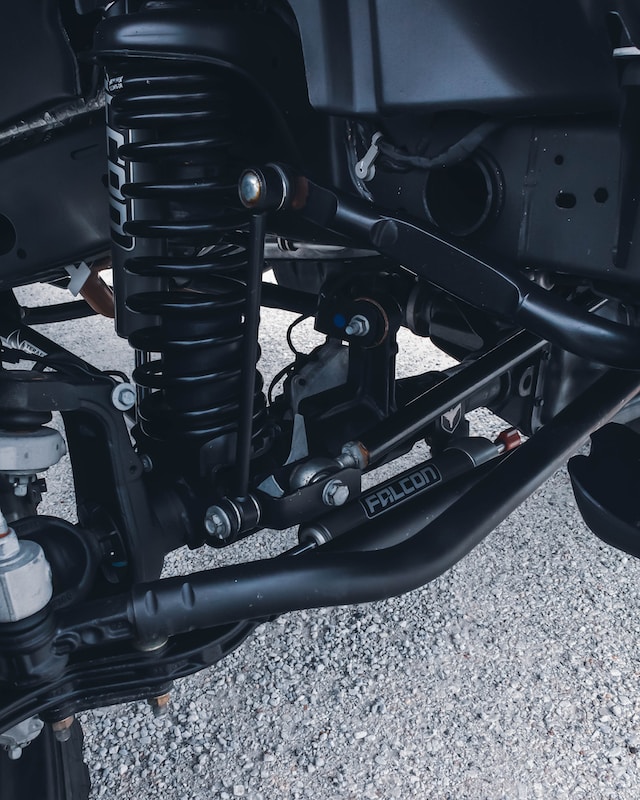Picture yourself embarking on a lengthy road trip, where each pothole and bump on the way causes your vehicle to lift off the ground and land with a forceful impact. This experience can be rather uncomfortable, don’t you think?
Your suspension system plays a crucial role in your vehicle, providing a smooth and comfortable ride. If you’re unsure about its purpose and function, this guide will provide you with the necessary knowledge and insight.
The functionality of a car’s suspension system may seem simple, but it is actually a complex and demanding feature that is vital for both your comfort and the safety of your car. In this context, we will explain how the suspension system works to give you a better understanding of its importance.
How does a car suspension system operate or work?
To gain a better understanding of car suspension, it’s important to examine its primary purposes, which are to absorb shock and maintain the wheel’s contact with the ground.
In simple language, suspension prevents an object from falling by keeping it in the air. An example is a hammock that suspends a person above the ground, shielding them from ground vibrations and jarring impacts. It is evident why cars use sophisticated suspension systems – to decrease the amount of friction and shock absorbed from the ground.
In the absence of a suspension system in your car, even small obstacles such as pebbles or bumps on the road would significantly impact the driving experience, leading to a highly uncomfortable ride for everyone on board. This explanation aims to break down the fundamental purpose of the suspension system so that you can grasp its rudimentary function.
Besides absorbing the forces of friction, gravity, and impact from the ground, it also helps maintain the connection between the tires and the road surface.
As the tyres are the primary point of contact between the car and the road, they link the car’s axle and wheels with the suspension system. Therefore, all shocks and vibrations are transmitted via the suspension system, which helps to minimize the effect of impacts.
For a better understanding, the contemporary suspension system’s spring mechanism forces the wheel to stay in contact with the ground when it becomes airborne. Hence, when a vehicle hits a speed bump, it momentarily leaves the ground, but the suspension system quickly brings it back in contact with the ground, enabling the vehicle to reconnect with the road. Also, during sharp turns, the suspension lifts the inside wheels of a car, which could cause it to topple over without the spring mechanism’s support. Nevertheless, the spring mechanism maintains the vehicle’s balance by bringing it back to the ground.
Car Suspension: A Comprehensive Guide to its Working Mechanism
As previously discussed, we understand the purpose of the car suspension system. However, it is important to examine its mechanics and how it operates.
The contemporary suspension system of a vehicle is intelligently engineered, featuring separate suspension for each wheel and axle. This implies that when one wheel is lifted, the other three remain grounded in a phenomenon commonly referred to as independent suspension.
If a vehicle’s wheels were not individually suspended, then lifting one wheel could also raise the other on the same side, leading to a potential rollover. This is referred to as a dependent suspension system. If your vehicle is handling poorly, you may need to consider installing a suspension kit. As a sidepoint I recommened that you see ‘lowered springs‘
Dependent Suspension System
In regards to your inquiry about car suspension, we will delve into the concept of dependent systems, which utilize the beam axle design. Although not as frequently used in modern vehicles, it is still present in certain types of cars, such as off-road vehicles or older models.

